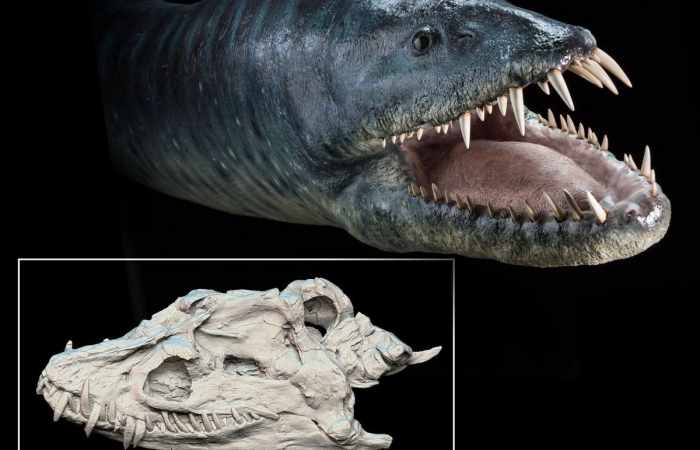"This group is famous for having ridiculously long necks, I mean necks that have as many as 76 vertebrae," said Patrick Druckenmiller, co-author of the article and a paleontologist with the University of Alaska Museum of the North. "What absolutely shocked us when we dug it out — it only had somewhere around 40 vertebrae."
The smaller sea creature lived around the same time and in the same area as the larger ones, which is evidence contradicting the belief that elasmosaurs did not evolve over millions of years to have longer necks, co-author Danielle Serratos said.
Elasmosaurs were carnivorous creatures with small heads and paddle-like limbs that could grow as long as 30 feet. Their fossils have been discovered across the world, and the one discovered in northeastern Montana was well-preserved and nearly complete.
The refuge adjacent to the Missouri River is popular with hunters for its big game and remote setting.
David Bradt, a ranch manager from Florence, Montana, said he was hunting elk unsuccessfully in November 2010 when he walked into a canyon to splash some water on his face.
In the creek, the water ran over what he thought was petrified wood sticking out of a rock. He pulled back the brush, saw vertebrae and knew it was fossilized bones.
He thought it was a dinosaur and was floored when he learned it was a sea creature.
"It's about the size of a cow, and I'm thinking it's a triceratops," he said. "I didn't know there was an ocean there."
More about: #SeaCreature
















































